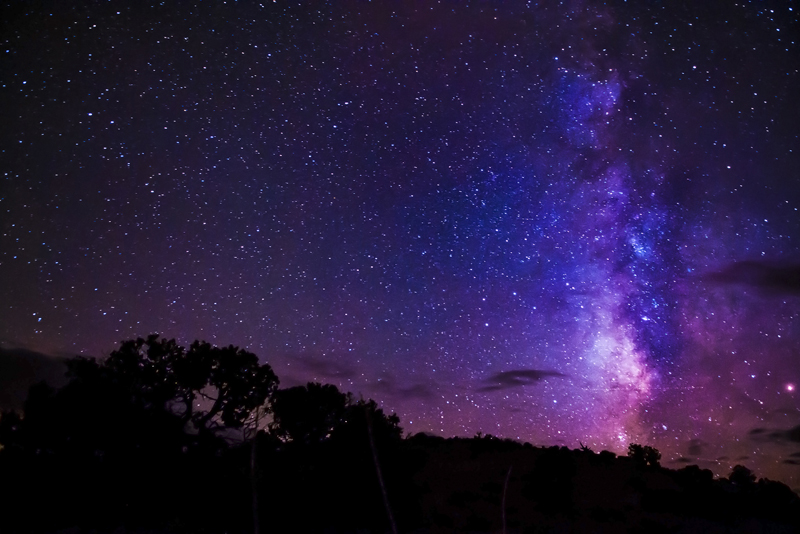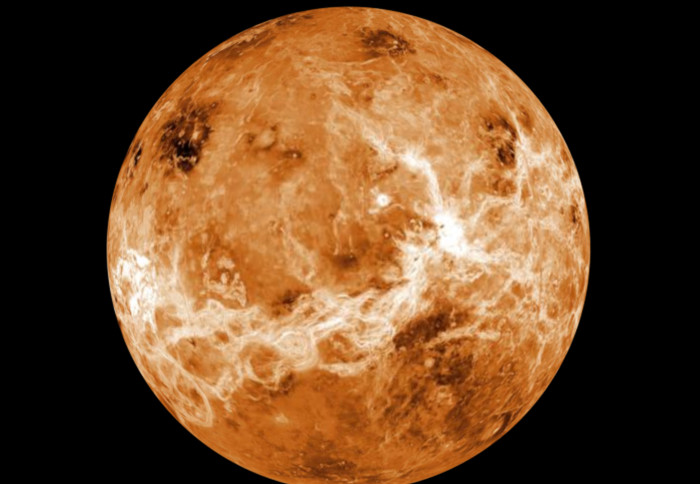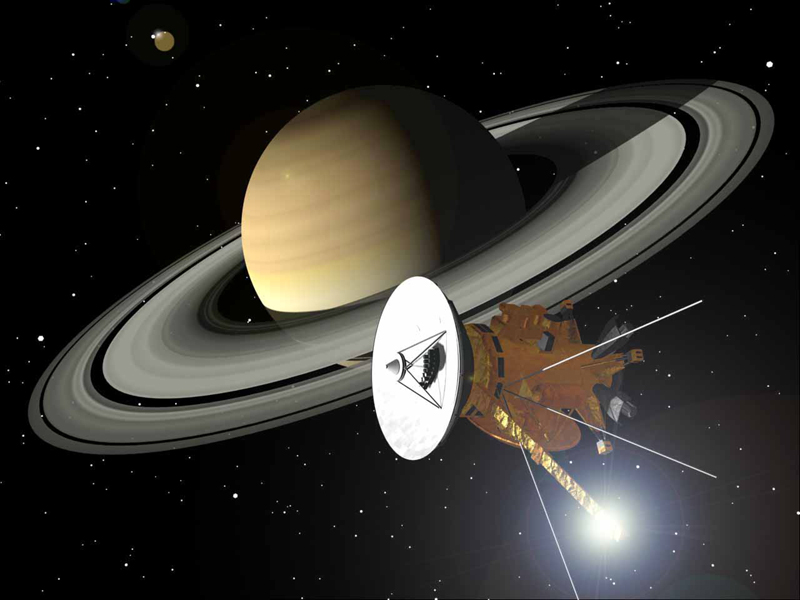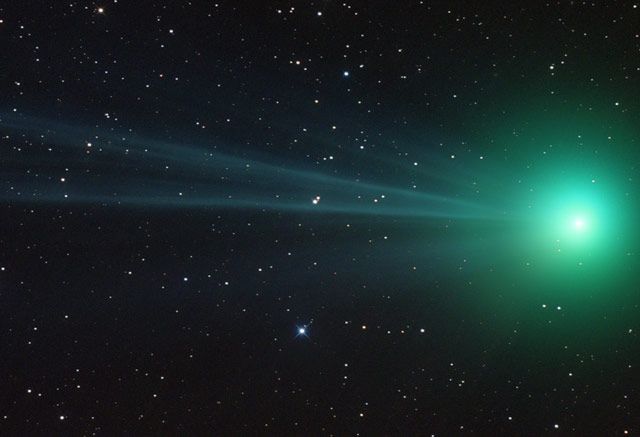Hi everybody
Here's the latest article from the Astronomy site at BellaOnline.com.
Spiders in Space
Spiders and their webs are everywhere and not just on Halloween. Sixteen of them have been sent into space. How well did the orb-weavers manage their webs? Did the jumping spiders starve in microgravity? What was the big surprise Gladys had for researchers when she returned to Earth?
http://www.bellaonline.com/articles/art178468.asp
I got the idea for this article when a friend commented on how the orbweavers seem to produce so many webs around Halloween. I did notice a lot of them. And I also knew that spiders had been observed in microgravity. But I hadn't realized there were so many different missions, so what was going to be a small part of an article turned into the whole thing. Health warning: This article will not be suitable for arachnophobes.
My Pinterest board “Spiders in Space” has a number of pictures with more detail than I've put into the article. It's at: http://pinterest.com/astrobella/spiders-in-space/
If you're an educator who would like to incorporate this work into a classroom project, this is where you need to go: http://www.bioedonline.org/space/STS_Mission_134S.cfm
*Halloween*
Here are two seasonal articles.
Halloween falls midway between an equinox and a solstice. In the ancient Celtic world it was the new year's eve and start of winter - time to prepare for survival in the darkening days. But also a time when the boundary between our world and the otherworld weakened. Who knew what might cross it? http://www.bellaonline.com/articles/art53766.asp
Join us on a Halloween astronomical tour. See a cosmic witch and cosmic ghosts, spiders and snakes, and fiery skull. But have no fear. It's a virtual tour and all these objects are a very long way away. http://www.bellaonline.com/articles/art52161.asp
*Thierry Legault - more fantastic pictures*
Once again here's a link to Thierry Legault photographs. He's one of the best astrophotographers around, in terms of technique and the determination and imagination to get an extraordinary image.
In June he was in Queensland, Australia. In the first picture, at Wallaman Falls, in a long exposure he has captured the Milky Way, a meteor and a moonbow. Instead of raindrops diffracting sunlight to produce a rainbow, here it's water aerosols diffracting moonlight. We might not even notice it if we were there, but the camera picks it up in a long exposure. Here's the link: legault.perso.sfr.fr/australian_nights.html
To participate in online discussions, this site has a community forum all about Astronomy located here - http://forums.bellaonline.com/ubbthreads.php?ubb=postlist&Board=323
Please visit astronomy.bellaonline.com for even more great content about Astronomy.
I hope to hear from you sometime soon, either in the forum or in response to this email message. I welcome your feedback!
Do pass this message along to family and friends who might also be interested. Remember it's free and without obligation.
I wish you clear skies.
Mona Evans,
Astronomy Editor
One of hundreds of sites at BellaOnline.com
.
astronomy Newsletter








